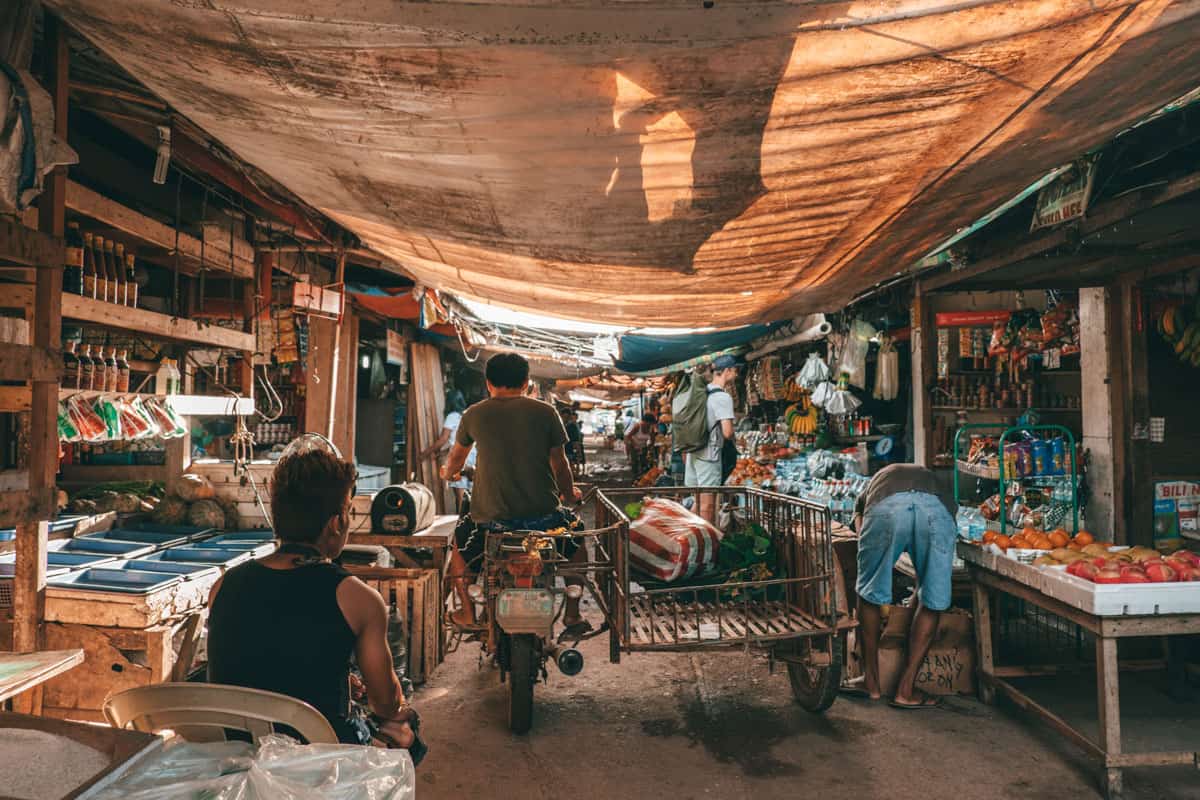
"Even the fastest will get off their bikes (for the rest stops). You can't stay on top of the number of calories you're burning, so whatever you can consume, it's going to be helpful." 5. And, and luckily, I was able to put down a lot of calories. My theory was to have a lot available and just grab whatever sounded good. Just having that variety - all of a sudden the things that you wouldn't normally eat, like, maybe Pringles or Pop-Tarts - those are all on the table as valid calories. So if that's all you have available, then it's hard to keep getting calories down. What is most common is people getting really sick of something, like they can't take any more mix in their water bottle and so they don't drink or you just can't have one more gel. If it's something that long, especially when the pace isn't as intense as that first 30 miles, I'll eat anything - I'll eat pizza, peanut butter and jelly, burritos - you name it, and its calories at that point. "Everyone is different on what they can eat. And if you think you're going to take 13-ish hours to do the event, you're talking 3,000 to 4,000 calories in the day so you really need to eat a lot. The kind of the tried and true method is approximately 250 calories an hour for somebody my size. I just remember having a lot available and throwing a lot back like 'two PB&J's just went down and a bag of chips and a Coke' - just kind of getting anything down that I could calorie-wise. In 2018, they had stops about every 50 miles - so more regularly than they will this year. Some sections feel pretty deep, some are a little bit less deep. There are sections that are but it's not fast, it's not smooth, it's rocky, and it varies a lot. Those first 30 miles are in Flint Hills gravel, which is not very smooth. I remember one minute right before the start where you're on a paved road, and you just think, 'Oh, this feels so good'. But it's something like 99 per cent gravel. And that was sort of my mantra in 2018: Keep going, anything can happen." 3. Keep thinking 'I'm doing okay, keep moving forward, anything can happen'. If you can keep that mindset and not allow yourself to think, 'Oh, no, the winner is 30 minutes ahead of me, I'll never catch her' that will serve you. "You really have to just stay within your own mindset, do your own race, keep moving forward and don't worry about what's happening with the other racers. And that all depends on your level of fitness and training and how quickly you can bounce back. "If you want to finish on the podium or top 10, then you have to evaluate how many matches you can burn, and if you are able to burn them early and recover enough to still keep it together enough to finish the race. So you just go through a lot emotionally when you spend that much time on the bike and just at that kind of level of exertion, it was not like a casual ride out, it was intense the entire time. And then I'd be feeling pretty good and then go kind of back to that low point.

I had to keep reminding myself 'you're just at a low point, you're going to come out of it', and I did. You go through such deep moments of really worrying about if you can finish to feeling like you're okay, and that cycle would come and go repeatedly. "I didn't stay in that lead group the entire time. "There was no way I was going to take my hands off the handlebars in those first 30 miles but I did wear a Camelback and I think that was a good call, to have a straw right in front of you that you can get to and remind yourself to drink." 2.


 0 kommentar(er)
0 kommentar(er)
